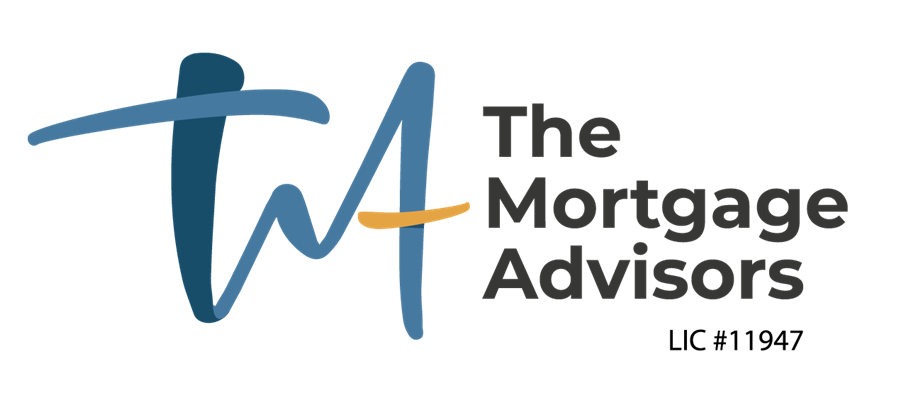
Nick Holloway
Bank of Canada holds Policy Interest Rate at 1.75% at April 24th 2019 meeting
4/24/2019
By Nick Holloway
As had been widely expected, the Bank of Canada’s latest monetary policy statement was released today with no change to the overnight lending rate. The overnight rate remains at 1.75% after Canada’s central bank last made an increase in October 2018 from 1.5%. The Bank also lowered the “neutral” overnight rate from 2.5%-3.5% to 2.25%-3.25%.
Accompanying the announcement, the Monetary Policy Report was issued which provides some of the key figures the Bank of Canada is tracking. The first being inflation, which remains close to the target of 2%, with a dip in CPI inflation predicted for the 3rd Quarter. The Real GDP figures forecast growth in 2019 of 1.2%, and around 2% in 2020 and 2021.
So, what’s causing this pause in interest rate increases, and is there any scope based on the current figures for the Bank of Canada to increase stimulus to the economy by making a cut in the overnight rate. One area to monitor is the Overnight Index Swap Futures which is traded on the Montreal Options Exchange. This is a tradable instrument and by way of its pricing, it provides an indication in real time of what the probability is for an increase or hold decision of the overnight rate at the next Bank of Canada meeting. Having watched this market for some time, the indications have remained at zero for some time now, and this seems to be a broadly shared sentiment by many of the other global central banks which we should take the time to observe.
Arguably the most important central bank for the interests of the global economy is the US Federal Reserve Bank, primarily due to the nature of the US dollar being the largest reserve currency in the world. The Federal Reserve have indicated that they don’t foresee any further increases in 2019, as they are looking for the global economy to be firing on all cylinders to justify removing monetary policy stimulus by way of increasing the Federal Funds Rate from its current level of 2.5%. Why is the Federal Reserve Bank so important in respect of the global economy? We need to take some time to understand the impact of increasing interest rates in the US in respect of debt and currency held by emerging economies. A number of emerging economies rely on debt denominated in US dollars, so the increase of interest rates in the US can have the effect of increasing the cost of carry for this debt, and this can also be further compounded by the currency effect of an increase in the exchange rate, as a higher interest rate tends to have the effect of strengthen the home currency which can in turn make it harder for emerging economies to repay this debt based on a stronger US Dollar.
To look at other developed economies, they tend to be more reliant on their own central banks to provide guidance on investment decisions as any debt instruments tend to be denomination in their respective currencies. The Bank of England currently maintain the official bank rate at 0.75% after increasing from 0.5% in March 2018, while the European Central Bank (ECB) key interest rate is currently at 0.00% where it has remained since March 2016. There are many factors which are paring back growth prospects in Europe which are causing these low interest rates, but it is worth noting a significant divergence from the North American economies who have over the past couple of years found a greater opportunity to exert a level of tightening by way of increases to their overnight rate up to now.
In conclusion, it is worth keeping all these factors in mind when you are making investment decisions as individuals or collectively. For many households, the biggest investment they will make in their lifetime is real estate and its important that they are able to make an informed decision with all the tools that are available to them at the time.




























